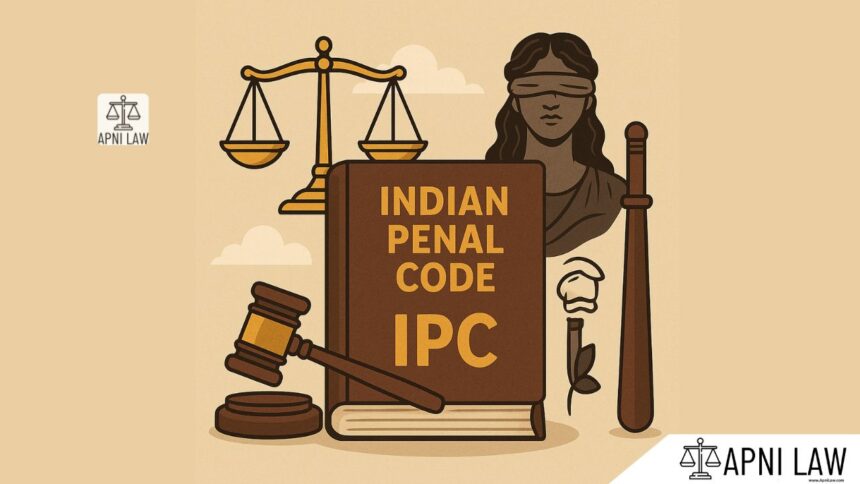Code:
If the act for which the abettor is liable under the last preceding section is committed in addition to the act abetted, and constitute a distinct offence, the abettor is liable to punishment for each of the offences.
Illustration
A instigates B to resist by force a distress made by a public servant. B, in consequence, resists that distress. In offering the resistance, B voluntarily causes grievous hurt to the officer executing the distress. As B has committed both the offence of resisting the distress, and the offence of voluntarily causing grievous hurt, B is liable to punishment for both these offences; and, if A knew that B was likely voluntarily to cause grievous hurt in resisting the distress A will also be liable to punishment for each of the offences.
Explanation:
This section states that if a person abets the commission of an offence, they can be punished for both the offence itself and the abetment, even if the punishment for the offence is imprisonment for life or death. The abettor’s punishment will be in addition to the punishment awarded for the offence. This is regardless of whether the abettor is also charged and convicted for the offence.
Illustration:
Imagine someone abets a murder. They could be charged and convicted of both abetment of murder and murder itself. The punishment for murder might be life imprisonment or even death, and the punishment for abetment would be in addition to this.
Common Question & Answers:
Q: Does Section 112 apply to all types of offences?
A: Yes, this section applies to all offences under the IPC, regardless of the severity of the punishment.
Q: Can an abettor be punished more severely than the person who committed the offence?
A: No, the punishment for the abettor cannot exceed the punishment for the offence itself.
Q: What if the abettor is a minor?
A: The punishment for abetment will be awarded according to the applicable law for minors.







